News February 2025
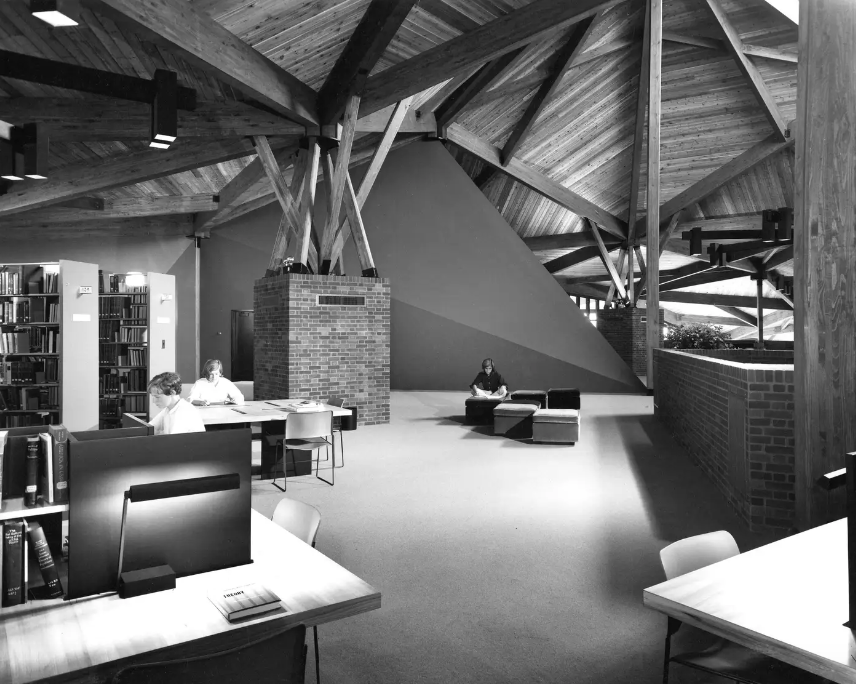
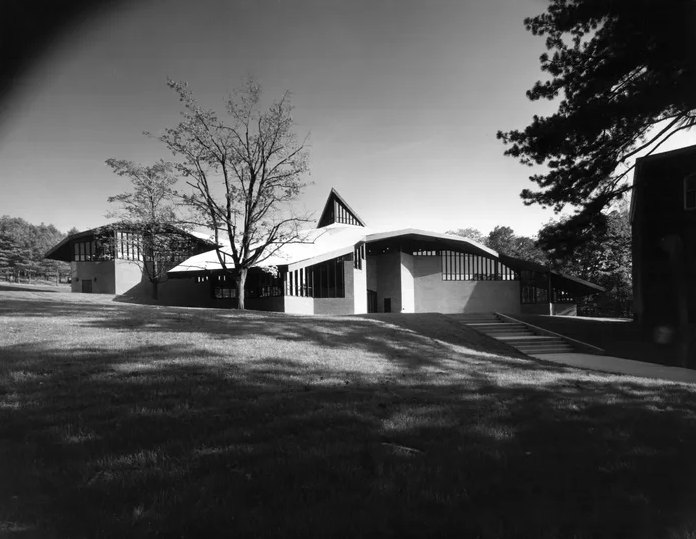
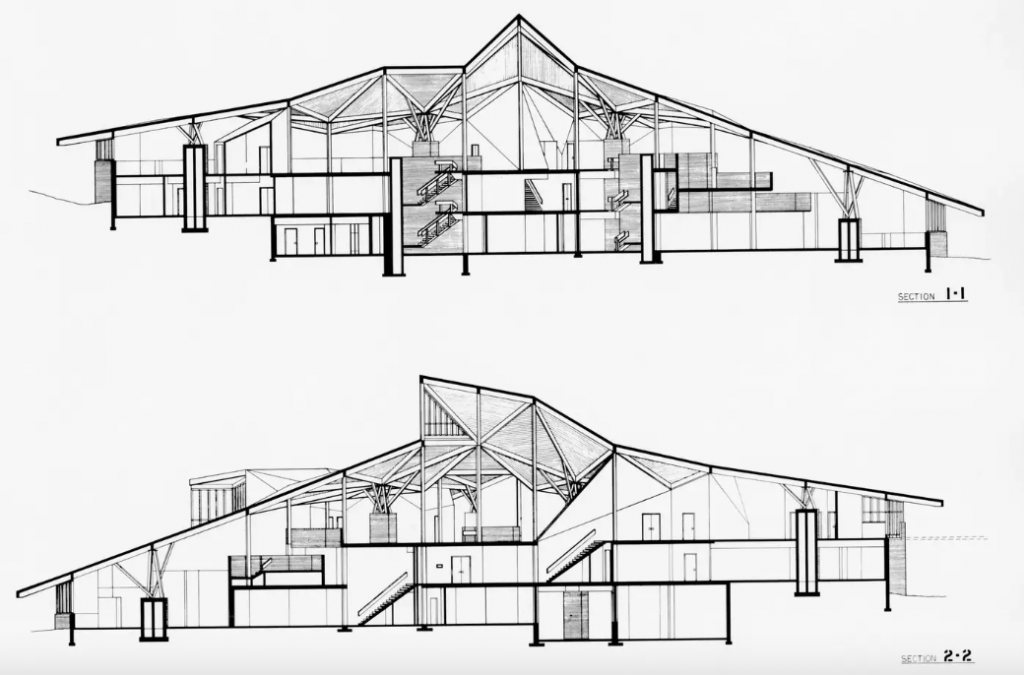
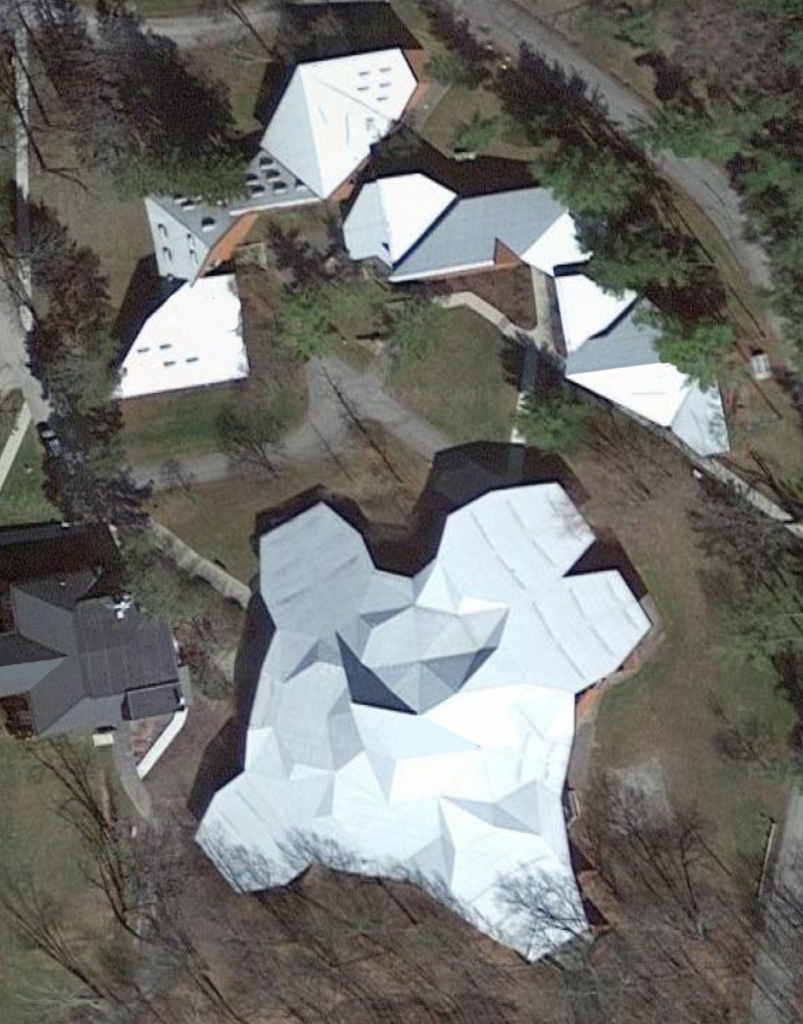
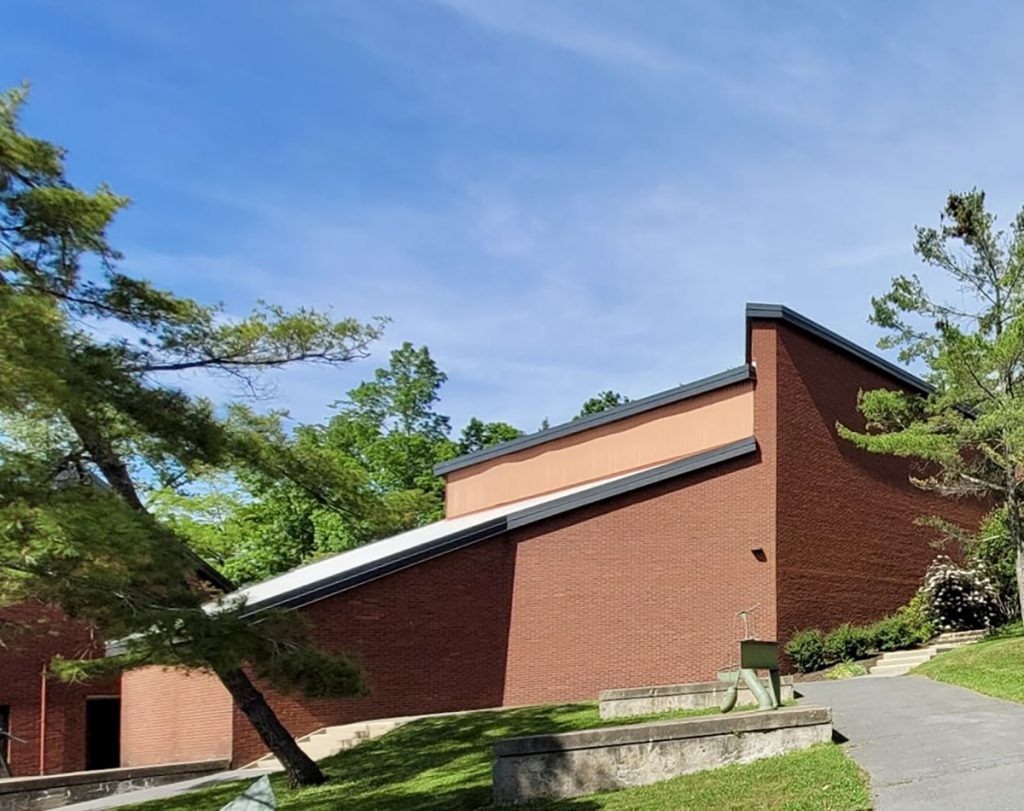
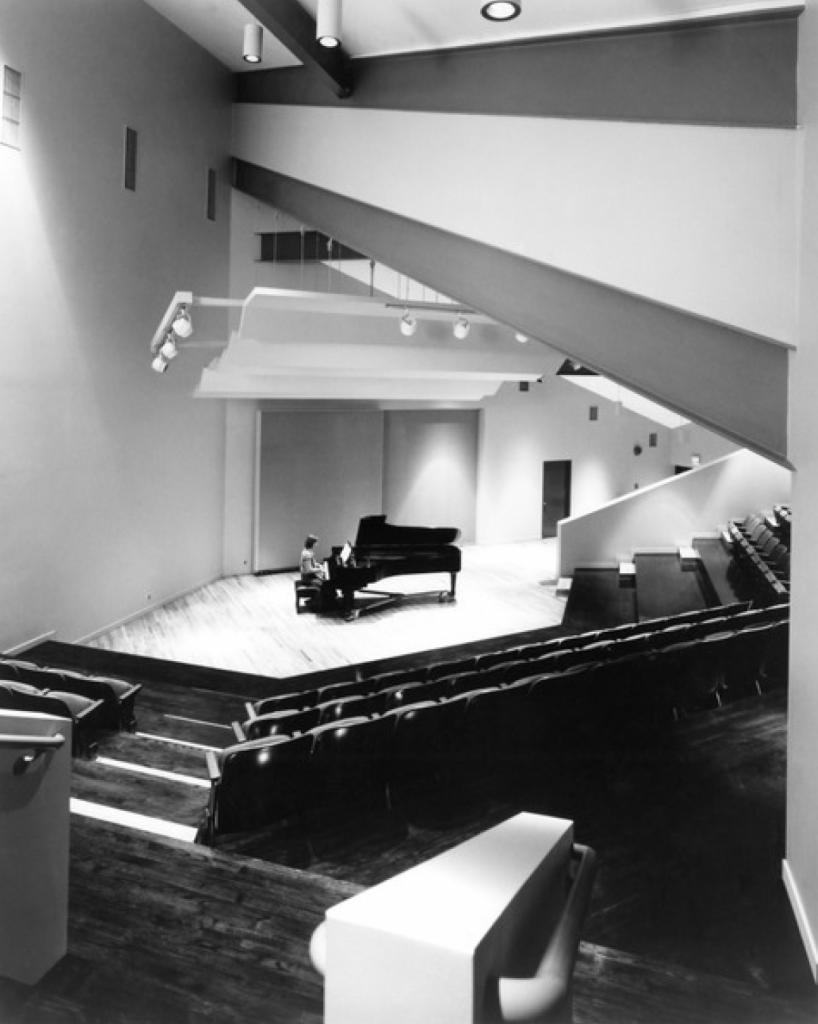
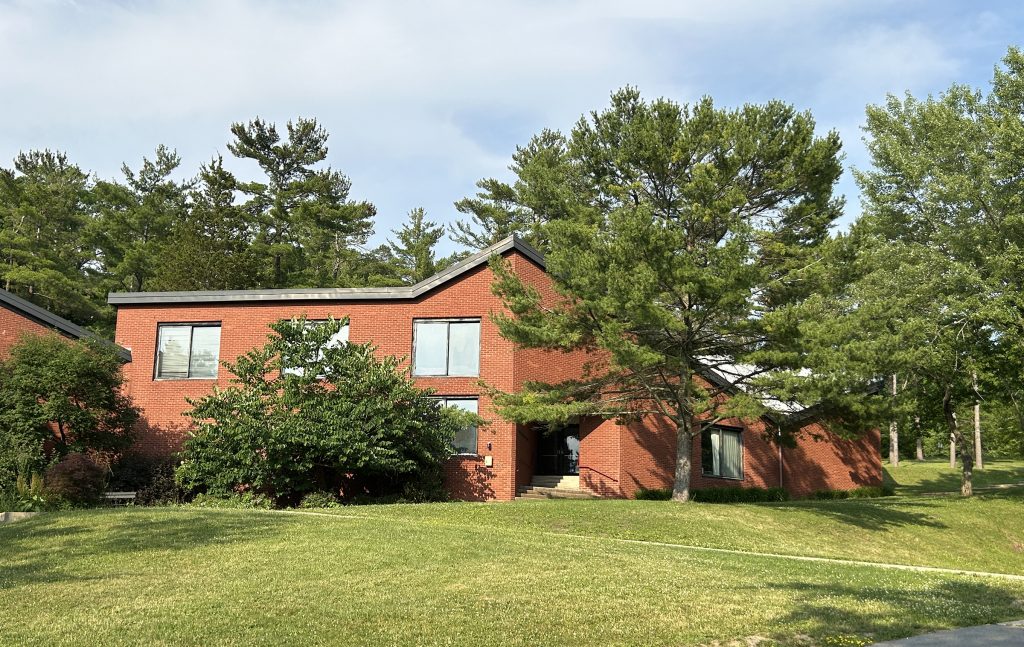
Threatened Walter Netsch Buildings at Wells College
MARCH 1 UPDATE:
Efforts to secure landmark status for the Barler and Campbell arts buildings made significant progress. On February 19, the Aurora Village Board of Trustees held a public hearing and voted unanimously to move forward with local landmark designation for both buildings of Walter’s Netsch’s Arts Complex. Letters of support were entered into the record from SOM, DOCOMOMO US/New York Tri-State and a consortium of regional and state-wide preservation groups (Preservation League of NY State, Landmark Society of Western NY, Preservation Association of Central NY and Historic Ithaca). Following the meeting, the Board introduced a resolution to amend local law to make the Walter Netsch Arts Complex and two other sites Local Landmark designation. A final hearing and vote to adopt the amendment into law will take place in March.
Last summer, citing financial stress, officials at Wells College, in Aurora, NY, announced the college would close. A local zoning override changing most of the campus from institutional to mixed use was secured before the entire campus was put up for sale in November—including three important buildings designed by Walter Netsch from the late 1960s and early 1970s. Creating a more imminent threat to the structures, the college shut off water and heat to the buildings in the fall. The heat remains off.
Of particular significance is the Louis Jefferson Long Library, completed in 1968. The 61,000 sq. ft. building has a steel and heavy-timber structure that makes possible cavernous, unusually shaped interconnected spaces under a dramatic roof composed of 84 separate octagonal planes decked in Western red cedar. Clusters of laminated beams spring tree-like from brick podiums. The exterior walls are brick and glass. Netsch employed his signature Field Theory approach in his design for the library. His SOM colleague, Fazlur Khan, of John Hancock Center and Sears Tower fame, was the structural engineering partner in charge of the project. The library was designated a local historic landmark in 2018. Two other campus buildings designed by Netsch, the Campbell Art Building (1974) and the Barler Music Building (1974), do not currently carry landmark designation.
Walter Netsch (1920–2008) was educated at MIT and spent most of his professional career in the Chicago office of SOM, working closely with Gordon Bunshaft and rising to partner. He is associated with brutalist style architecture and his signature aesthetic, Field Theory, which—oversimplified—is based on rotating squares into complex shapes and applying behavioral science to architecture. He is probably best known for his US Air Force Academy and Cadet Chapel buildings in Colorado Springs, CO. SOM’s Medium, published an excellent interview with Netsch before his death in 2008.
Following the announcement of the closure in April, concerned alumni and local residents formed the Wells Legacy Society (WLS) to preserve the college’s history and its significance in the Aurora community and the Finger Lakes region. When the college’s leadership announced plans to shut off the water and heat, WLS sent letters to elected officials, including New York Governor Kathy Hochul and Senators Chuck Schumer and Kirsten Gillibrand, urging action to protect the historic structures. The Preservation Association of Central New York stepped in and nominated the campus for the Preservation League of New York State’s 2025–2026 Seven to Save list. (Announcement of the final list is forthcoming.)
The Wells Legacy Society’s website includes more on the ongoing advocacy efforts to protect and ultimately save the Netsch buildings. Current activity includes pursuing landmark designation for the art and music buildings. SOM has stepped in to provide documentation and support the designations. DOCOMOMO US/New York Tri-State is doing the same. (And the College’s lawyers sent a stern letter riddled with errors, opposing the designations.) The Aurora, NY, Village Board of Trustees will hold a public hearing on February 19. The Society requests letters of support be sent to the Village clerk prior to the hearing.
“Wells College Attacks Village’s Proposed Community Landmarks,” Wells Legacy Society news post.
For beautiful photography of Netsch’s Long Library and a discussion of Field Theory see:
“Field Theory Under Threat: The Uncertain Future of Walter Netsch’s Louis Jefferson Long Library at Wells College,” MAS Context, November 28, 2024.
“A Radical Mind: The Genius of Architect Walter Netsch,” SOM Medium, February 26, 2015.
“Brutalist library by Walter Netsch, and other buildings, are under threat in Aurora, New York, after Wells College’s recent closure,” The Architect’s Newspaper, November 6, 2024.